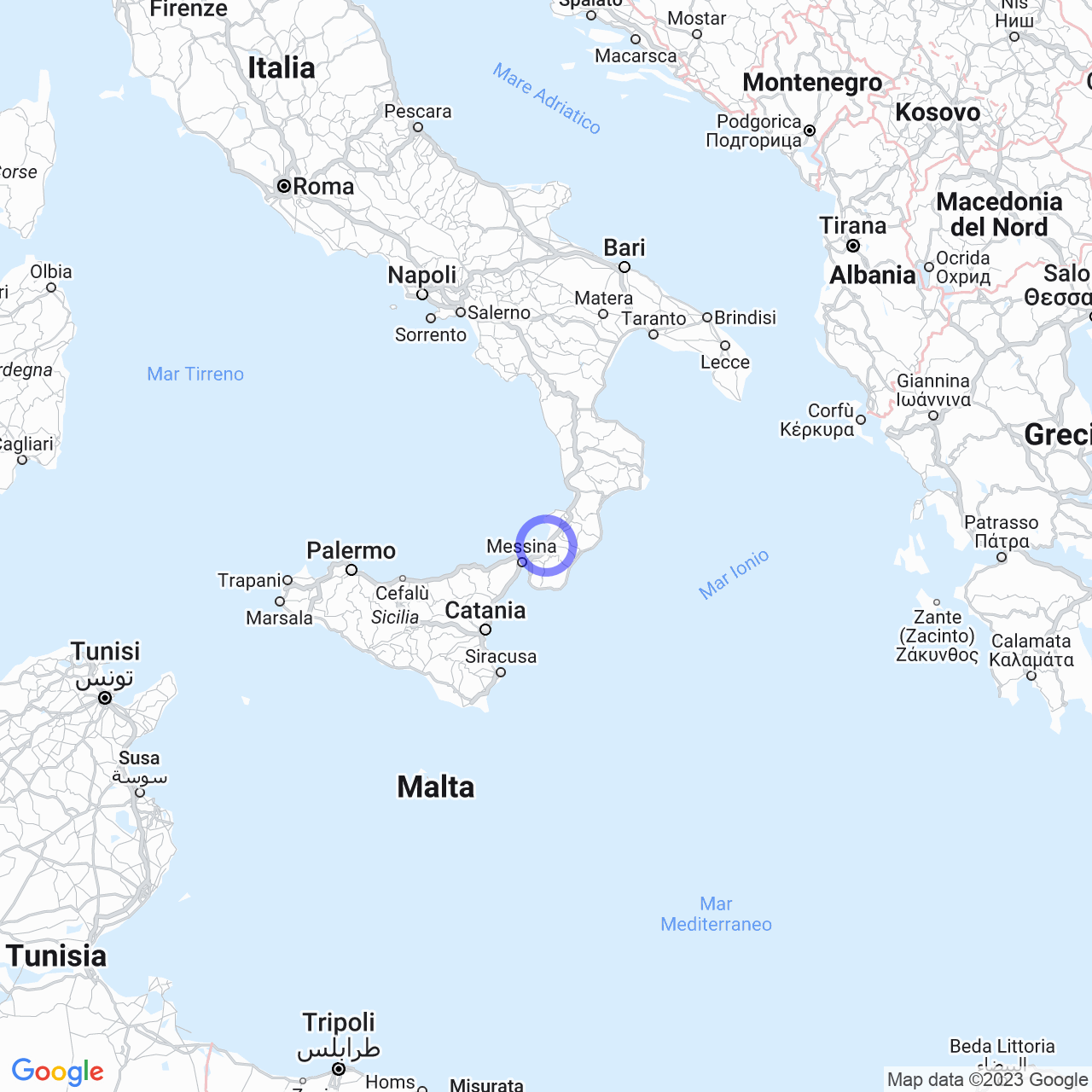Palmi
The Messina Earthquake of 1908: An Unprecedented Tragedy
The Messina Earthquake of 1908 was one of the most catastrophic earthquakes of the 20th century. With a magnitude of 7.1 on the Richter scale, the earthquake occurred on December 28, 1908, at 5:20:27 a.m., severely damaging the cities of Messina and Reggio Calabria in just 37 seconds.
With half of Messina's population and a third of that of Reggio Calabria losing their lives, this natural disaster remains the deadliest in Europe to date.
Seismic Recordings
On the night of the earthquake, seismographs recorded the occurrence of a massive earthquake located in Italy. However, there was no precise information available on the specific location of the earthquake.
Only the traces marked by the pens on the seismic observers' records remained as proof of the event, which researchers quickly began to analyze and interpret to understand the damages caused by an earthquake of that intensity.

Causes of the Earthquake
According to the National Institute of Geophysics and Volcanology, the earthquake was caused by a blind, low-dipping, and large normal fault to the southeast, located mainly offshore of the Strait of Messina between the plates. In 2019, a team of researchers from Birkbeck, University of London identified the fault responsible for the earthquake as the Messina-Taormina fault.
The Tragedy that Struck Messina and Reggio Calabria
The earthquake caused widespread destruction in both cities, with a massive number of casualties, injured, and homeless people. In Messina, the port suffered extensive damage, and several ships were destroyed.
In both cities, rescuers had difficulty arriving due to the isolation caused by the destruction of communication routes. Furthermore, survivors were forced to face harsh winter weather and a lack of clean drinking water.
International Aid
The event drew the world's attention, and several countries sent aid to survivors. The King of the United Kingdom, Edward VII, sent a warship with supplies, while Germany sent a team of experts to assist survivors in building shelters.
The United States also sent ships to assist survivors, while France donated significant amounts of money.
Reconstruction and Commemoration
The reconstruction of the affected cities was a long and difficult process. Eventually, Messina was rebuilt with a new layout, while the city of Reggio Calabria was largely rebuilt in the same location.
To commemorate the great natural disaster, the Italian government issued a decree establishing a medal for entities and individuals who had demonstrated public merit in connection with the Southern Calabria-Messina earthquake of 1908.
Conclusion
The Messina Earthquake of 1908 was an unprecedented tragedy that caused the death of thousands of people and destroyed entire cities. However, the event drew the world's attention to the need to assist survivors of natural disasters and led to the formation of a system of international aid and rescue. The reconstruction of the affected cities was a long and difficult process, but in the end, Messina and Reggio Calabria were rebuilt to honor the memory of those who lost their lives in this dramatic event.
